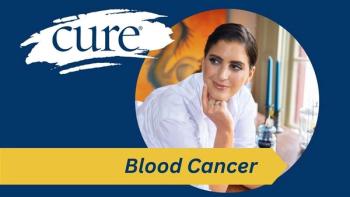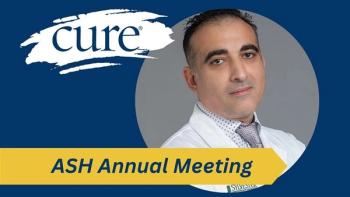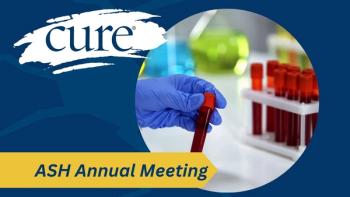
How Social Distancing Helped Create a Sense of Community Among Some Patients with CLL
Social distancing measures are keeping people apart, but that hasn't stopped some patients with CLL from finding a new sense of community.
While chronic lymphocytic leukemia (CLL) is the most common leukemia in adults, many patients in smaller communities may not meet another individual with the disease in their lifetime. But thanks to the new coronavirus 2019 (COVID-19) pandemic, support groups that previously met in person are now being held online and helping those in more rural areas connect to a larger community filled with people who understand what it’s like to live with this disease.
CURE recently spoke with Brian Koffman, the co-founder, executive vice president and chief medical officer of the CLL Society, about the importance of connecting with other patients and how moving support groups online has given a new sense of hope and community to individuals who may not have had access to that connection previously.
Transcription:
Because CLL is a relatively rare cancer compared to really well-established communities for breast cancer or even colon cancer and other cancers, there is tremendous solace for patients in seeing other patients.
When people meet people like me, a 15-year survivor — and not with a gentle form of CLL, but a very aggressive form of CLL – having met with me and seeing me, or with some of the other people in the group who are 17 years out or 20 years out, that says something to them that no doctor can ever say. They can look in the eye of another patient and say, “I was diagnosed 20 years ago, and I was scared to death, but now it’s 20 years later and I’ve seen my kids grow up and give me grandchildren.” It’s a tremendous message. And we don’t want that messaging to stop just because we can’t socially get together.
So, we think it’s even more important now because people are being isolated. (In these groups) there’s a lot of tips people can give about “where can I get a mask, what’s going on here”. I’ve attended a number of these groups and people have said “so-and-so will deliver groceries to you” because it’s a local group. The group in Seattle can give tips to somebody else in Seattle, saying, “have you tried so-and-so? They still have this supply or that supply,” and it’s been a tremendous resource for people beyond their normal family.
The other thing that’s been amazingly cool about this is that people in smaller communities, where they wouldn’t be able to put together a support group, have called in to some of the centers where it might be 100 miles away and they were going to drive in, now they’re right there in the same virtual room with everybody else. So, people from the smaller communities are able to join some of the bigger, established communities so they can realize they’re not alone. For some people, these virtual groups are the first time they’ve ever seen another CLL patient, especially people in small, rural communities.
We think it’s critically important to keep this going, and that’s the feedback we’re getting from patients, that they’re extraordinarily grateful for it. A lot of them like it because they don’t have to drive in the traffic. I live in the Los Angeles area and it can be two hours to get to one of our meetings. People like that they can just get on their laptop and type, type, type and they’re in!




